Metal Roofing Overlays are essential for protecting your property’s value and structural safety, offering a strong defence against leaks, damp, and energy loss. As trusted specialists across London and the Home Counties—including Kent, Surrey, West Sussex, and Berkshire—every project we deliver meets the highest standards for compliance, care, and lifelong performance.
With years of proven expertise, accreditations from Which Trusted Trader and CITB, and access to top-tier suppliers like Welsh Slate, ALM Lead, and Kemper, you are in safe hands. Book a free survey today and protect your property.
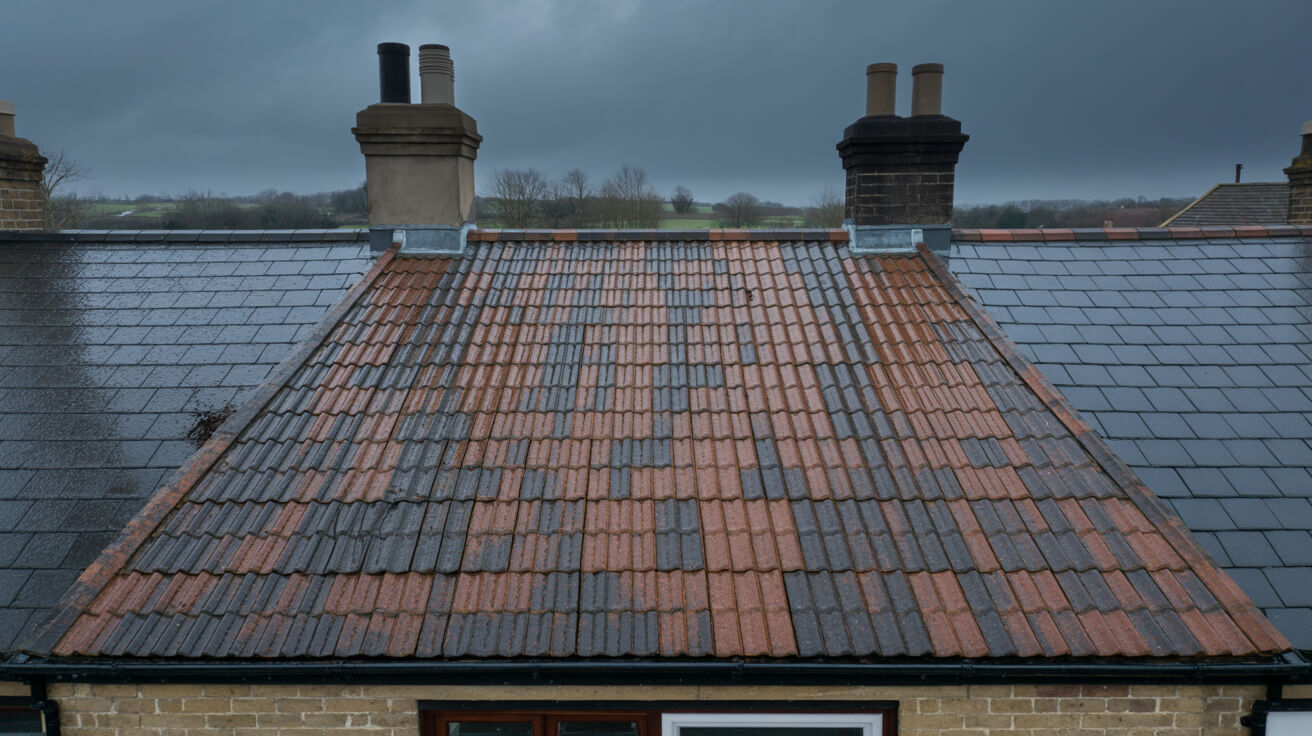
Neglecting roofing problems often leads to leaks, damp, failed insulation, and ongoing structural issues—each delay only increasing your costs and exposure.
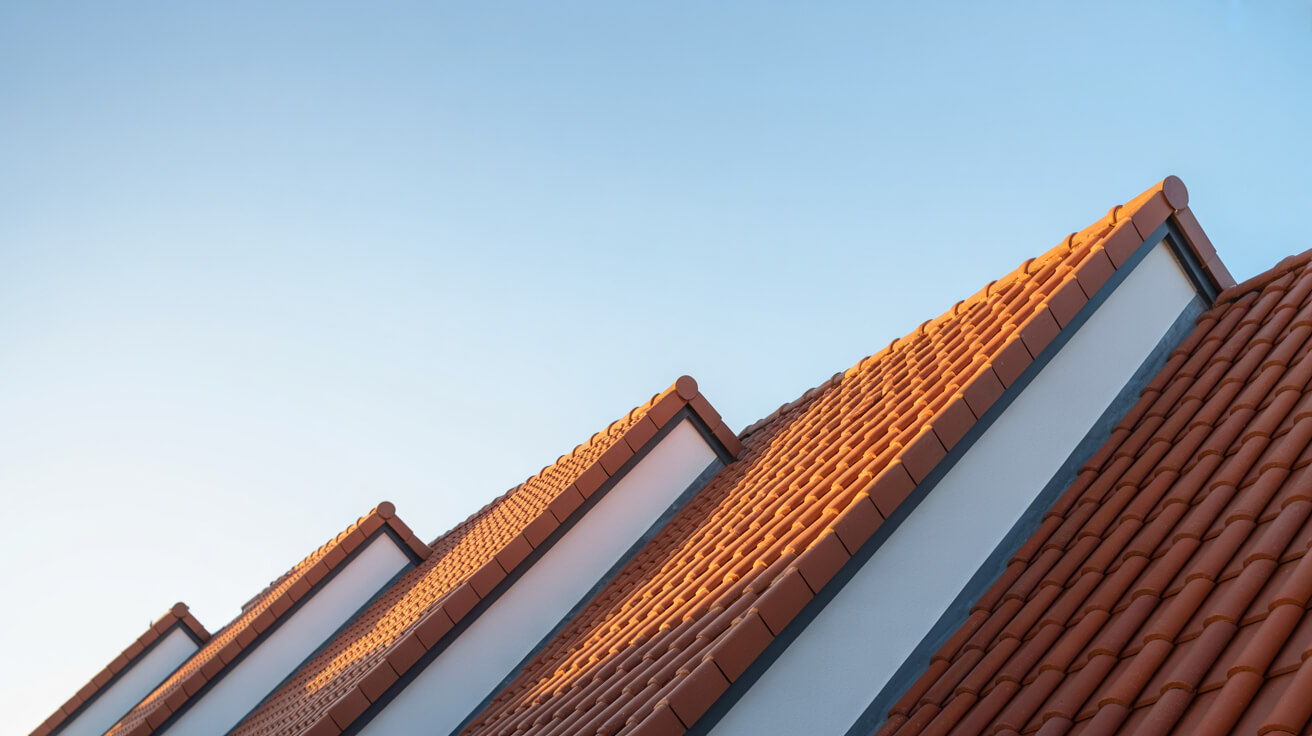
Professional Metal Roofing Overlays resolve these risks, enhancing weatherproofing, energy efficiency, and compliance with current regulations. Homeowners gain valuable peace of mind, landlords secure lasting asset value, and businesses achieve safety and cost control. Proactive roofing care is a secure investment, whatever your property context.
Our Metal Roofing Overlays span installations, repairs, upgrades, and restorations for homes, businesses, and heritage properties. We focus on long-term performance, strict compliance with Building Regulations, and only use materials from trusted suppliers. Every service is adapted to your building’s needs and delivered with durability, safety, and care.








Every Metal Roofing Overlays project is adapted to property type, roof structure, and environmental demands. Tailoring ensures compliance with regulations, minimises disruption, and maximises long-term value. From homes and businesses to industrial sites and listed heritage buildings, our flexible approach guarantees roofing solutions that meet unique needs while delivering safety, efficiency, and reliability.
Homes, extensions, and listed buildings.
Offices, retail, schools, and hospitality.
Warehouses, factories, and logistics sites.
Every Metal Roofing Overlays project follows proven steps with quality materials. Whether a new installation, upgrade, or repair, each layer adds durability, safety, and efficiency—tailored to protect your property and meet regulatory standards.

Get a free, no-obligation quote today.
Our experts are standing by to help you choose the perfect flat roofing solution.
⏱ Response within 24 hours guaranteed
Accredited by Which Trusted Trader, CITB, and approved by Kemper and Westwood, our team delivers safe, compliant, and warranty-protected Metal Roofing Overlays projects. These credentials mean guaranteed standards and long-term assurance—reinforced by the positive client reviews that consistently highlight quality, professionalism, and trust.


Complete reroofing. Living in Singapore at the time and T was super responsive and communicative.
Replacement of lead box gutter and new flashing to parapet wall. I had an excellent experience using James and the team. He was very prompt in all aspects of communication and completed a first class job. Really pleased.
James completed some repairs on our roof and replaced some of our pebble dash by the roof as well. He was very thorough and fixed everything. He kept us really informed by taking photos and showing us what he did and keeping us updated. It also went onto our neighbours roof and he did the same fo...
We had a leak in our bedroom and James fixed the roof for us to stop it from leaking. All the work came with a warranty. The work that was carried out was good. James and his team were polite, and did all the work quickly and without too much interruption to our day-to-day lives. Would recommend ...
J G Leadworks have repaired and replaced the roofs and gulleys over our warehouse and workshops which have meant both areas are now watertight
James and team were incredibly responsive to my request to look at a serious leak issue on my flat roof. They did a very thorough investigation and explained in detail the issue and gave a fair quote. They were quick to book in and complete the work and have checked in afterwards a few times to m...
James was quick to respond to the initial contact and was able to work around some time constraints I had. He explained what needed doing clearly and was happy to answer follow up questions. He took pictures to show each stage and I feel confident in the work that was done by James and the team. ...
JG Roofing were very easy to work with. Their quote was sensible and they stuck to that figure. They completed many repairs to my roof including, rebuilding a leaded gutter, reinforcing rotten rafters, rebuilding a long felted gutter and felting parapet walls, resurfacing and felting a flat roof,...
Planning and legal checks protect clients from costly errors, delays, and non-compliance, ensuring roofing projects meet regulatory and safety requirements.
Permission is typically required for listed properties, conservation areas, or major roof alterations. All projects must also satisfy Building Regulations, including Part A (structural safety) and Part L (energy efficiency), ensuring compliant and future-proofed installations.
Our team manages the full process, from initial surveys to legal guidance, preparing documentation, and liaising with local authorities where needed. Whether working on modern homes or heritage sites, we ensure every project is delivered legally, safely, and with minimal disruption—providing complete reassurance and peace of mind to property owners.
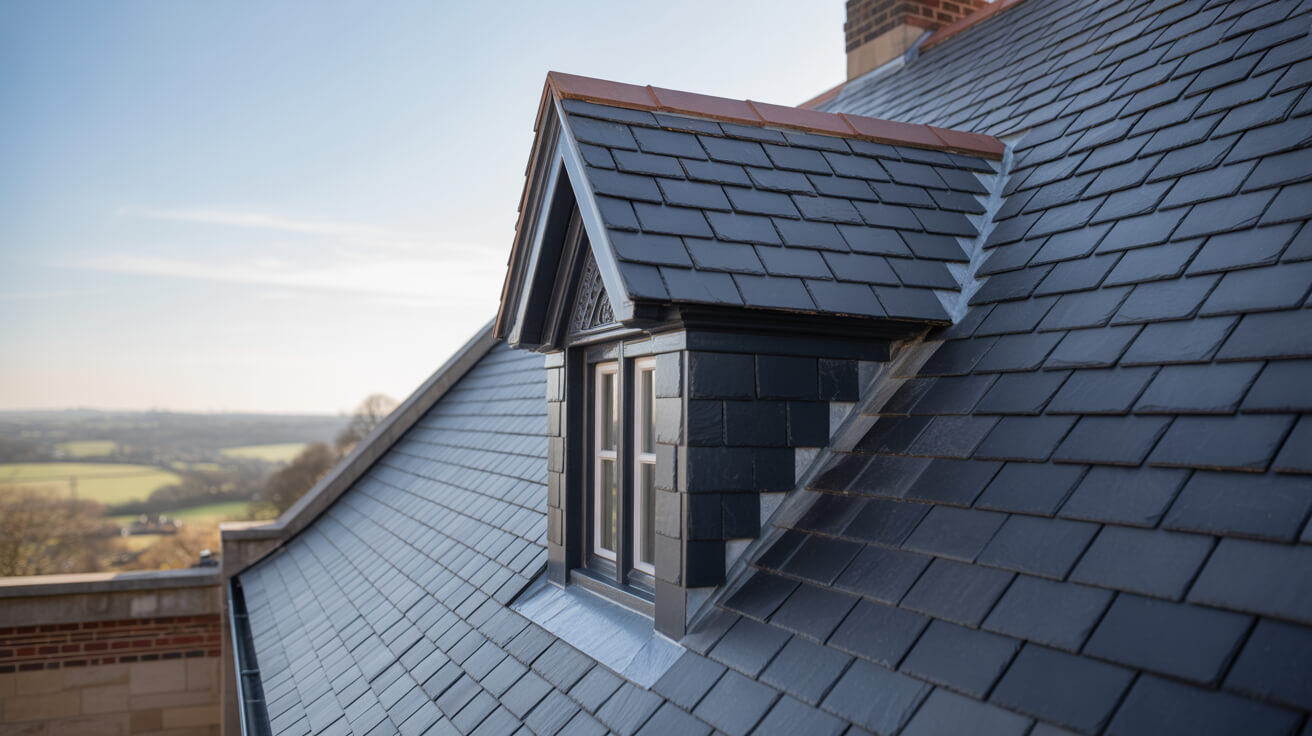
Every project unites skilled workmanship with rigorously tested materials.

With 25 years of experience in lead sheet roofing, James is a trusted expert in heritage roofing, slate, and tiling. His knowledge of traditional methods, paired with modern compliance, makes him a go-to specialist for projects that demand both craftsmanship and durability.
Metal Roofing Overlays provides lasting protection, efficiency, and value, delivering durable, compliant roofing solutions that safeguard every type of property investment.
Selecting Metal Roofing Overlays involves balancing durability, budget, compliance, and aesthetics to secure the best-fit roofing solution for your property.
Why Clients Choose JG Leadwork and Roofing
With decades of trade experience, our teams understand the unique demands of London and Home Counties roofing. From heritage-listed properties to contemporary extensions, we adapt solutions to local regulations, weather conditions, and architectural styles with precision.
Accredited by Which Trusted Trader, CITB, and approved by Kemper, Westwood, IKO, ALM, and other leading suppliers.
These credentials guarantee safety, compliance, and access to manufacturer-backed warranties, giving clients peace of mind that their project meets the highest professional standards and benefits from warranty protection.
Our heritage projects use Welsh Slate and handmade clay tiles for authenticity, while leadwork is delivered to Lead Sheet Association (LSA) standards. Commercial installations employ Kemper and Westwood liquid systems for durability and efficiency. Each example demonstrates our reliability, blending traditional craftsmanship with modern performance.
Our workforce includes skilled roofers, heritage specialists, and safety-certified installers.
Every roofer holds NVQs, receives ongoing CPD training, and is qualified in both modern flat systems and traditional techniques, including slate and leadwork.
Team structure ensures projects run smoothly—surveyors identify needs, installers deliver with precision, and supervisors oversee compliance. This approach minimises disruption, accelerates timelines, and guarantees consistent quality across residential, commercial, and industrial roofing projects.
Every project is regulation-compliant, warranty-backed, and focused on long-term results.
Client testimonials and case studies confirm our track record, with projects praised for professionalism, durability, and customer support.
We go beyond installation with aftercare packages, maintenance support, and open communication at every stage. Property owners gain reassurance that JG Leadwork and Roofing stands behind its work. Book a free survey today and discover why homeowners, landlords, and businesses trust us with their roofing.
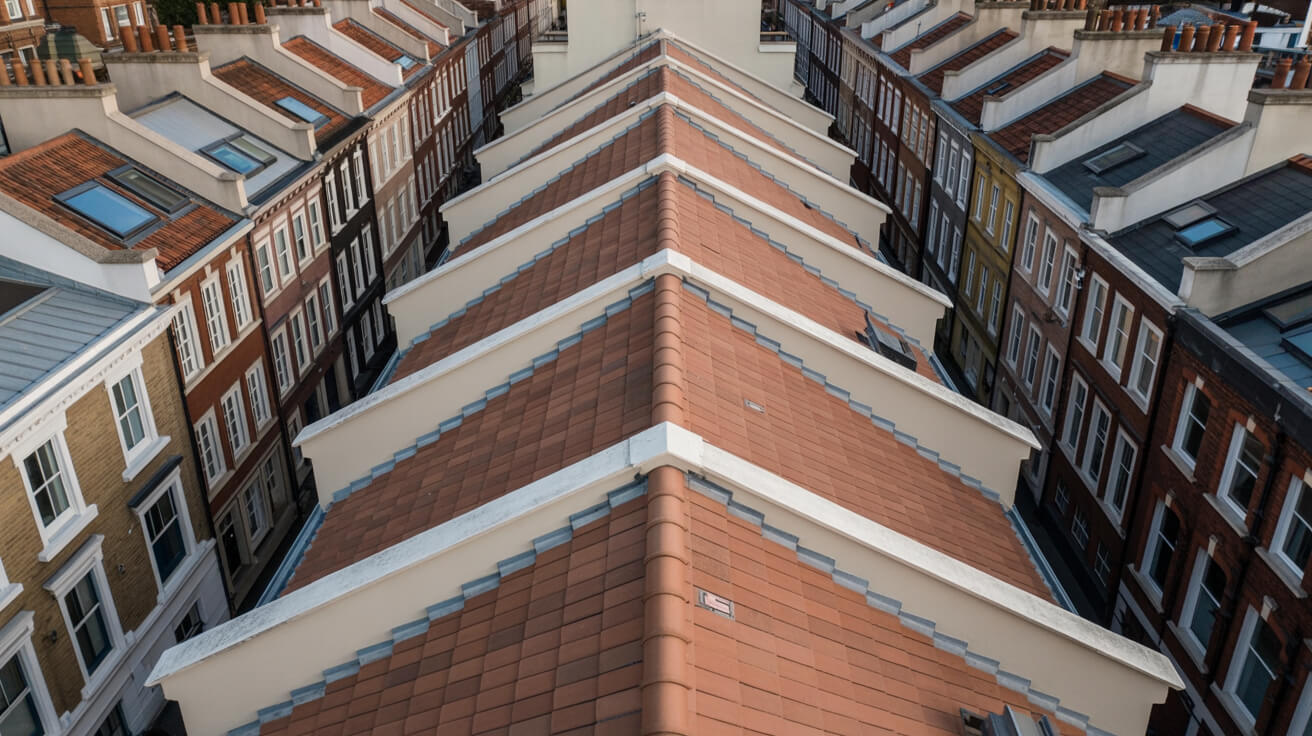
Get a free quote, rapid response, and expert service across London and the Home Counties. Contacting JG Leadwork and Roofing is your simple first step to dependable roofing solutions.
We source materials from leading suppliers including Supreme and IKO felt systems, Kemper, Westwood and Proteus liquid systems, Welsh Slate, handmade clay tiles, ALM Lead Mills, and Nicholson Air Track. These trusted brands guarantee durability, compliance, and warranty-backed performance across flat, pitched, heritage, and commercial roofing projects.
.
.
For homes, Metal Roofing Overlays safeguards comfort and enhances kerb appeal with durable, energy-efficient systems. Whether modern extensions or traditional pitched roofs, tailored solutions improve living standards and protect property value.
For businesses, Metal Roofing Overlays delivers cost-effective, large-scale installations with minimal disruption. Projects are planned around operations, with safety compliance, energy performance, and flexible scheduling built in—supporting offices, retail, schools, and industrial facilities with reliable, regulation-ready outcomes.
For heritage properties, Metal Roofing Overlays combines authentic materials such as Welsh slate, handmade clay tiles, and ALM lead with skilled conservation techniques. Listed building consent and conservation requirements are fully managed, ensuring traditional character is preserved while integrating modern weatherproofing. This careful balance provides long-term durability without compromising historic integrity or aesthetic value.
JG Leadwork and Roofing delivers Metal Roofing Overlays across housing, commercial, heritage, and public sectors. Every industry comes with unique requirements, from safety and compliance to efficiency and conservation. Our adaptability ensures projects are delivered with precision and professionalism—whether safeguarding homes, supporting business continuity, preserving history, or protecting critical public and healthcare facilities.
Durable roofing installed with minimal disruption, ensuring safe, regulation-compliant workspaces for staff and visitors.
High-standard, compliance-focused solutions protect community facilities while meeting strict safety and regulatory obligations.
Heavy-duty roofing tailored for wide spans, ventilation, and long-term maintenance efficiency.
Authentic materials and sensitive methods preserve historic character while adding modern protection.
Weatherproof systems that enhance kerb appeal and guarantee uninterrupted trading for outlets.
Tailored roofing improves guest comfort, safety, and ambience across hotels, restaurants, and venues.
Safe, durable systems designed for schools and universities with minimal learning disruption.
Specialist roofing solutions built for hygiene, safety, and regulatory compliance in medical environments.
Our team of NVQ-qualified roofers, LSTA-trained specialists, and health & safety-compliant professionals bring decades of combined experience. Every project is delivered with meticulous attention to detail, ensuring safe practices and consistent quality across flat, pitched, heritage, and commercial roofing disciplines.
Expertise includes heritage leadwork, slate and tile roofing, modern flat systems, and drone-assisted roof surveys. Ongoing CPD training ensures adaptability to both traditional craftsmanship and the latest innovations—giving clients confidence that every roof is built or repaired with proven skill and care.
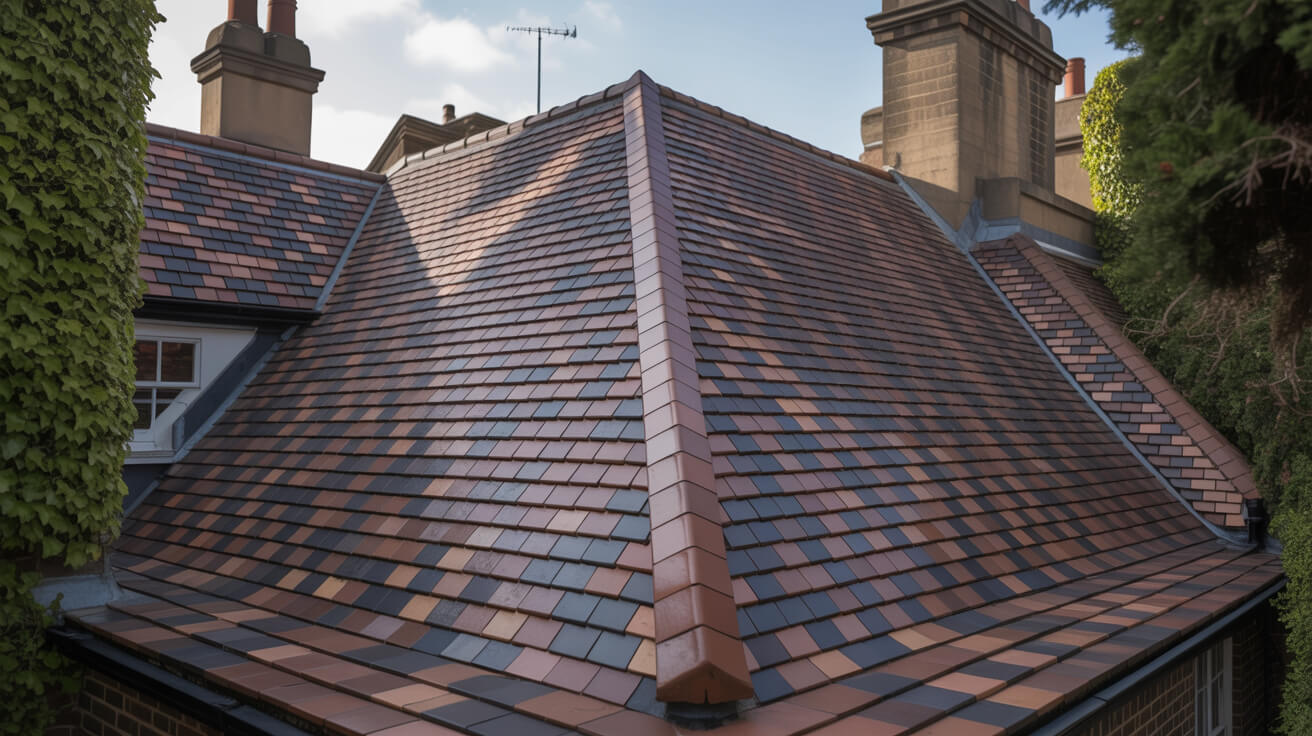
A thorough survey highlights existing issues, structural considerations, and upgrade opportunities, ensuring the best-fit solution is identified from the very beginning.
Transparent, itemised quotes detail costs, timelines, and materials—giving you complete clarity and confidence before work starts, with no hidden surprises.
Scaffolding, access solutions, and robust safety measures are put in place to safeguard both property and people throughout the project.
Skilled roofers complete the work using accredited materials and proven techniques, delivering durable, compliant results while keeping disruption to a minimum—whether for repairs, replacements, or new installations.
Each stage is inspected against manufacturer standards and Building Regulations, with photographic documentation provided for transparency and peace of mind.
Each stage is inspected against manufacturer standards and Building Regulations, with photographic documentation provided for transparency and peace of mind.
In a competitive roofing market, many providers look the same on paper. JG Leadwork and Roofing stands out through proven expertise, accredited methods, and specialist techniques. Our combination of traditional craftsmanship and modern technology makes us the safer, smarter choice across residential, commercial, industrial, and heritage projects.
In a competitive roofing market, many providers look the same on paper. JG Leadwork and Roofing stands out through proven expertise, accredited methods, and specialist techniques. Our combination of traditional craftsmanship and modern technology makes us the safer, smarter choice across residential, commercial, industrial, and heritage projects.
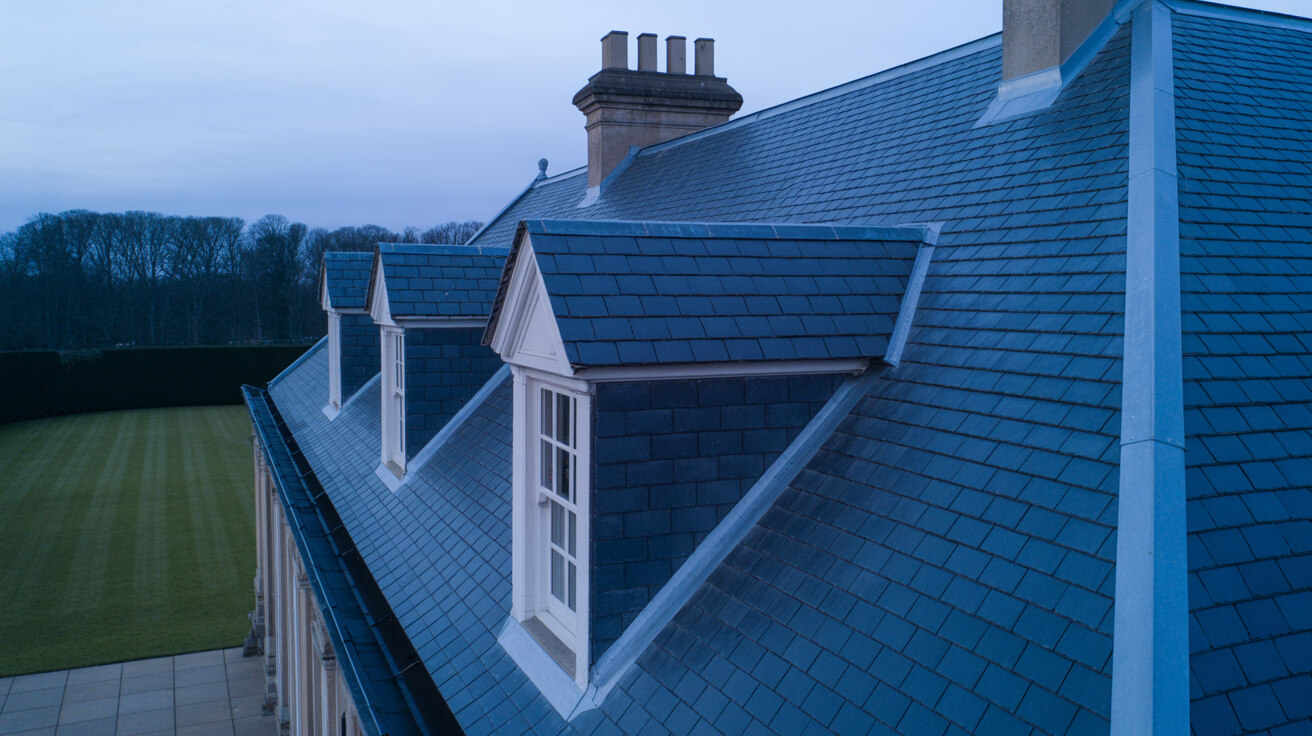

At JG Leadwork and Roofing, every project follows a structured QA process. Each stage—materials, installation, safety, and final sign-off—is measured against manufacturer specifications and UK Building Regulations to ensure durability, compliance, and warranty-backed performance across all roofing services.
Projects are only signed off once all QA checks are complete, giving clients confidence in long-term performance, structural safety, and insurance-backed peace of mind.
Every Metal Roofing Overlays project by JG Leadwork and Roofing is delivered in strict alignment with UK Building Regulations and recognised frameworks. This ensures structural safety, energy efficiency, durability, and protects warranties and insurance coverage across residential, commercial, industrial, and heritage properties.
Clients can be confident their project is completed legally, safely, and insurance-ready—delivering long-term performance, compliance assurance, and complete peace of mind.
Property owners often wonder about Metal Roofing Overlays—from costs and timescales to permissions. Below, you’ll find straightforward, trustworthy answers to the most frequent and practical queries.
Roof leaks after heavy rain are a common and stressful issue for property owners, developers, and build professionals. Even small leaks can lead to expensive interior damage, encourage mould growth, and escalate insurance claims. Understanding the technical root causes—rather than just the visible symptoms—is essential for effective diagnosis, prevention, and specification of repair works. Here’s a detailed breakdown of the most frequent culprits and diagnostic pathways in the UK property context.
One major cause is the deterioration or physical failure of the primary weatherproofing layer. On flat roofs, this typically means cracked, blistering or perished membranes (felt, asphalt, single-ply, or liquid systems). On pitched roofs, broken, slipped or porous tiles/slates are often to blame.
Flashings—thin strips (commonly metal or specialist flexible tapes)—form a seal where roof surfaces meet walls, chimneys, or rooflights. Defective or poorly executed flashings are a frequent weak link.
Beyond materials and detailing, the design and environment of the roof play a significant role. UK roofs must contend with heavy rainfall, persistent damp, and freeze–thaw cycles.
Pinpointing the exact location and underlying cause of a leak requires more than a visual check. Modern diagnosis blends traditional know-how with technology.
| Cause | Typical Symptom | Risk if Ignored | Indicative Remedy |
|---|---|---|---|
| Membrane failure | Ceilings stains, blisters | Timber decay | Patch or re-cover area |
| Flashing/fixing defect | Damp near walls/junctions | Internal wall damage | Refix, replace, or re-seal |
| Ponding/lack of falls | Pooled water, damp smells | Membrane degradation | Reshape falls, instal outlets |
| Condensation/vent issue | Sweating, musty odour | Mould/health risks | Improve insulation/ventilate |
A thorough inspection using these methods lets owners and professionals specify not just the symptom (“where the water comes in”), but the root cause—laying the groundwork for a permanent, compliant solution.
Replacing a roof in London typically costs between £90 and £180 per square metre, based on factors like material choice, roof complexity, and compliance with UK building regulations. For an average 80m² pitched roof, expect total costs from £8,000 to £14,000. This wide range reflects the city’s higher labour costs, planning controls, and unique logistical demands. Property owners and professionals must account for these variables to budget accurately, stay compliant, and avoid post-project headaches.
This breakdown examines the main elements shaping roof replacement costs in London—covering materials, regulatory requirements, external city influences, and a structured comparison method for property owners, developers, and architects.
A roof replacement’s cost is mostly driven by materials and labour. Common material options include concrete tiles (the most budget-friendly), natural slates (premium, especially Welsh or Spanish), and modern metal overlays (sought for their low-profile fit and lifespan). Each option carries its own price and performance profile:
| Material Type | Cost per m² | Key Features |
|---|---|---|
| Concrete Tiles | £35–£60 | Durable, lower cost, heavier weight |
| Natural Slates | £60–£120 | Lightweight, heritage status, premium |
| Metal Overlays | £55–£110 | Fast instal, low maintenance, modern |
Labour constitutes 40–60% of the total project, reflecting London’s skilled trades rates, the frequent need for scaffolding, and time-consuming access in dense areas. Complex features—like dormers, valleys, or steep pitches—increase labour requirements, especially with heritage or irregular roofs.
All roof replacements must conform to UK Building Regulations. Part L requires high energy efficiency standards—specifically, minimum U-values (a measure of heat transfer—lower means better insulation). Current regulations for roof refurbishments set targets around 0.16–0.18 W/m²K for pitched roofs, so substandard insulation must be upgraded during replacement.
BS 5534 covers the structural rules: it prescribes how tiles and slates are fixed, underlay use, wind-load calculations, and more—ensuring roofs can withstand the city’s exposure. Non-compliance can void warranties and force costly remediation, especially in property sales. Properties in conservation or heritage areas may also require specific materials, methods, or even council sign-off, especially when using traditional slates or tiles.
London’s costs skew higher due to contractor rates, high demand, and access/time costs in dense boroughs. Parking restrictions and city logistics can add to project durations and budgets. Replacement doesn’t always need planning permission unless the property is in a conservation area, made of historic materials, or the new design alters the building’s profile.
Weather is another influence: regular rain and wind exposure prioritise robust waterproofing, secure fastenings, and careful attention to construction details that prevent water ingress. Working on heritage properties may force exact tile matching or specialist lime mortar, increasing both material and skilled labour costs.
You can approach roof replacement decisions using this practical assessment:
Checklist for property owners and professionals:
Weigh each cost driver—materials, labour, regulations, local factors—as they compound. London roof replacement is a layered decision that shapes both property value and long-term peace of mind.
The timeframe for installing a new roof or adding a metal roofing overlay varies based on property size, design complexity, and both weather and site access in the UK. Most domestic and commercial projects complete within a few days to several weeks, depending on these factors. Understanding realistic timelines matters for cost planning, minimising disruption, and maintaining a weatherproof, compliant building. Homeowners, landlords, facility managers, and heritage custodians all benefit from planning around execution schedules and knowing how routine maintenance can prevent costly surprises.
Metal roofing overlays and new roof builds generally fall into these timeframes:
Every project follows key phases: scaffolding and site set-up, substrate preparation, underlay installation, main roofing/membrane laying, finishing details (like flashings), and careful site clear-up. Rain or strong winds may halt works, especially for tasks needing adhesives or hot-melt materials.
Project duration isn’t just about square metres—other UK property and climate factors play a significant role:
Factoring these in at the planning stage helps avoid timeline surprises.
Sustained performance depends on a planned maintenance cycle for any new or overlaid roof:
Regular cleaning of drainage outlets (especially for flat roofs) and fast attention to small leaks can prevent expensive larger repairs.
Roofing material choice strongly affects both lifespan and maintenance frequency:
| Material | Typical Lifespan | Inspection Frequency | Maintenance Needs |
|---|---|---|---|
| **Slate** | 80–100 years | Every 5 years | Minimal—replace slipped or broken slates |
| **Clay tile** | 60–80 years | Every 5 years | Replace cracked tiles, re-point ridge |
| **Felt** | 10–20 years | Every 2 years | Seal edges, patch splits or tears |
| **Liquid applied** | 25–40 years | Every 3 years | Inspect joints, recoat as needed |
| **GRP/fibreglass** | 25–35 years | Every 2–3 years | Remove moss, check upstands/trims |
Metal overlay systems (e.g., aluminium, steel) typically last 30–50 years with regular maintenance. Many include thermal expansion joints—purpose-built gaps that let materials flex as temperatures change—reducing cracking risk in the UK’s shifting climate. Whichever system is chosen, routine inspections and prompt minor repairs consistently add years of dependable protection.
Upgrading to a metal roofing overlay involves balancing upfront investment with long-term value and risk protection. Most property owners find that overlays cost less and cause less disruption than entirely new roof installations. Transparent pricing, robust warranty coverage, and verified installer credentials shape safer decisions—whether you’re managing a residential, rental, or commercial asset.
The final price for a metal roofing overlay hinges on several key factors:
Here’s how typical UK costs compare:
| Service Type | Typical Range (UK) | Key Influences |
|---|---|---|
| Roof Overlay (Metal) | £4,000 – £12,000+ | Area, finishes, roof type, prep, access |
| Roof Repair (Local/Minor) | £250 – £1,200 | Damage scope, accessibility, material match |
| Full Roof Replacement | £5,000 – £18,000+ | Size, structure, insulation, pitch, finish |
A properly installed overlay can often save 20–40% compared to a full replacement—especially for complicated or heritage buildings where stripping the roof carries steep extra costs.
A major advantage of reputable metal roofing overlays is the insurance-backed warranty, commonly offered for 10–20 years. Coverage typically includes:
An insurance-backed warranty guarantees your rights stand even if the installer shuts their doors. This is crucial for landlords meeting insurance terms, and for anyone planning to sell, since warranties can prove Part L compliance—often essential for mortgage providers and insurers. Check the specifics: what’s covered, length, and exclusions all vary, and full documentation should be provided at completion.
Choosing an accredited installer is about expertise—not just credentials. Verification through NVQ Level 2 (Roofing Occupations), CITB Health & Safety cards, or membership in a scheme like Which? Trusted Trader offers:
Installers with real credentials deliver lower error rates, fewer compliance issues, and better access to warranties. Should problems ever arise, these accreditations give property owners more reliable recourse.
Cutting costs on roof overlays can invite bigger, long-term risks:
While the cheapest quote may sound appealing at first, subsequent repairs, energy losses, compliance failures, or even voided insurance claims are common consequences. For commercial projects, shortcuts risk regulatory fines and tenant churn. Professional, accredited installation remains the best way to secure long-term value and compliance for your property.